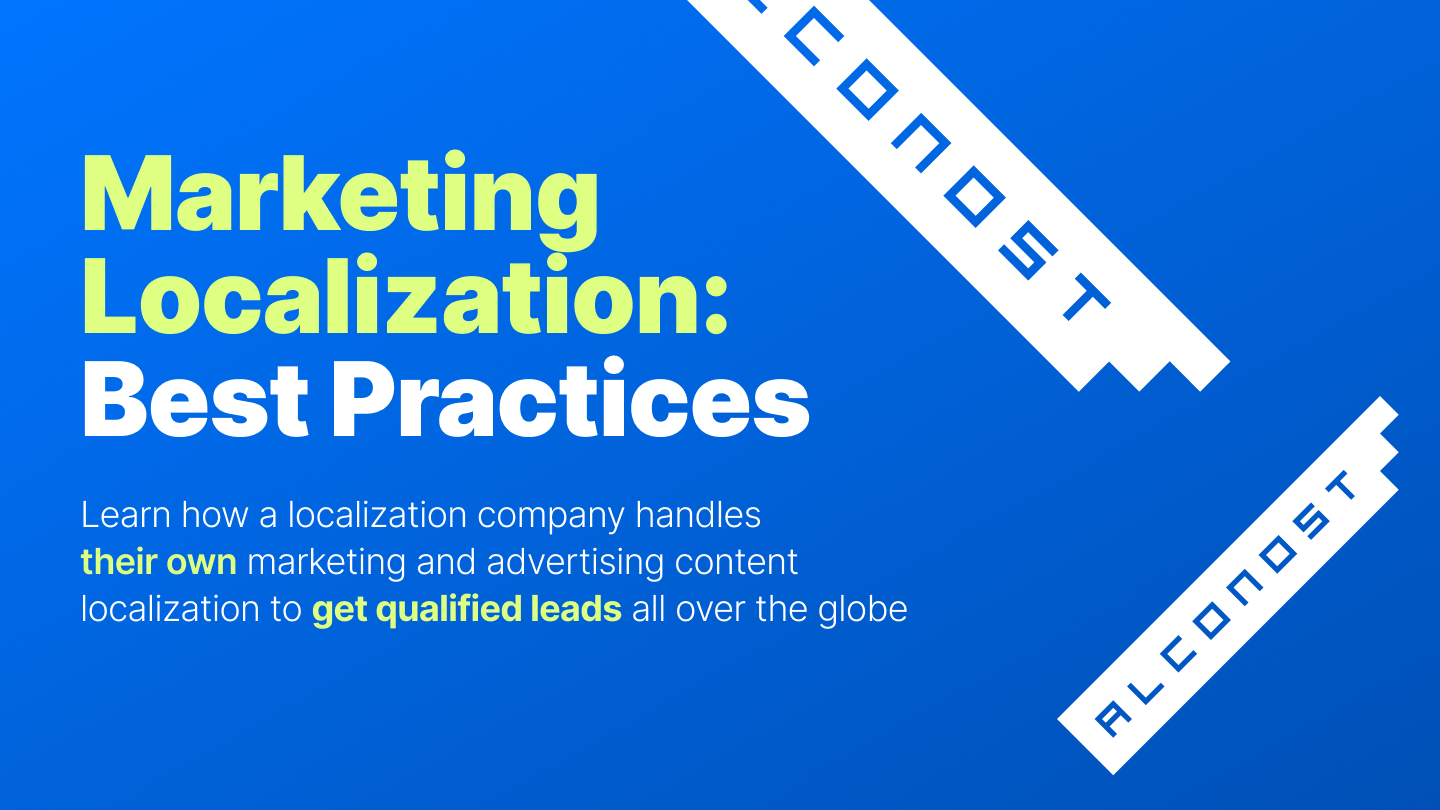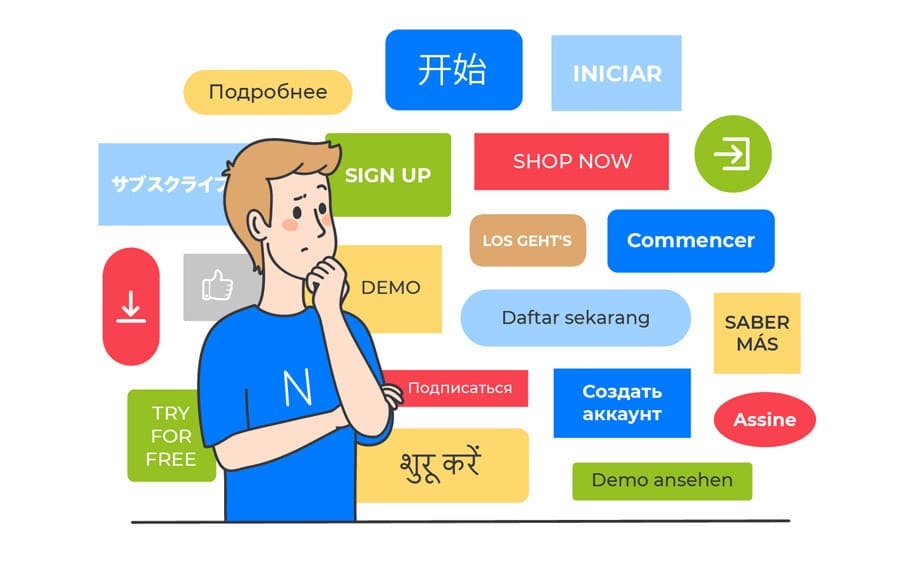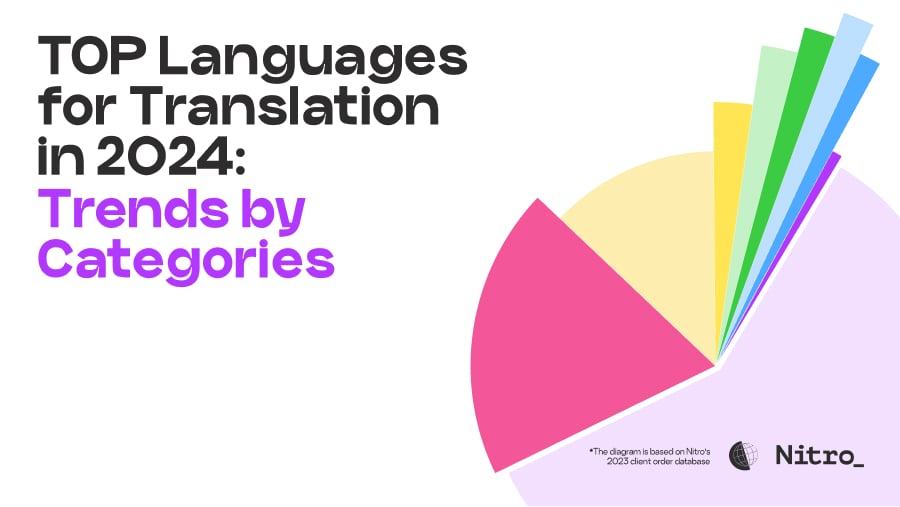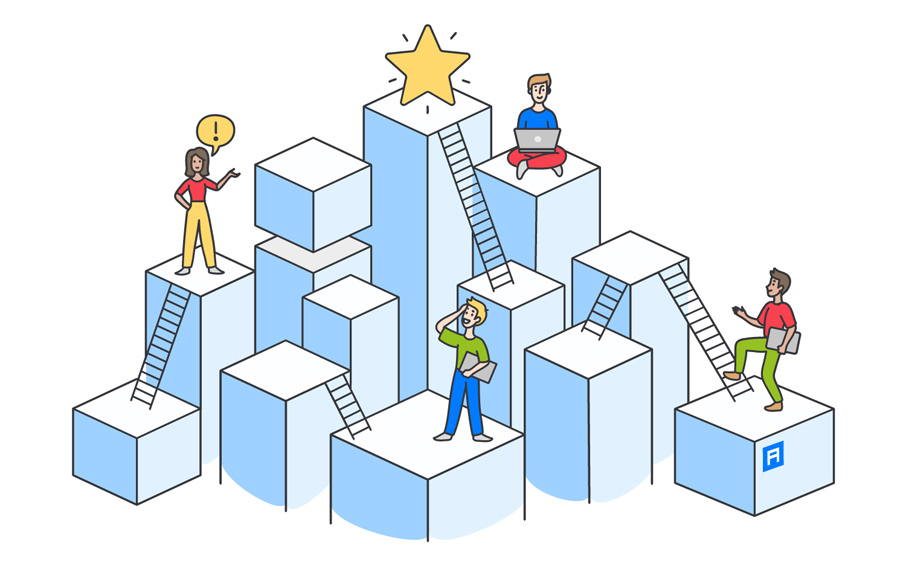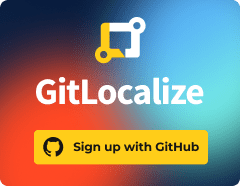The global demand for healthcare and fitness apps is skyrocketing, revolutionizing how people access care and manage their well-being. Major software providers in the health tech space are innovating to improve the accessibility and inclusivity of healthcare for people of all backgrounds, languages, and socioeconomic classes.
Many health tech providers are seeking growth outside their home markets, and the challenge of meeting many languages, cultural, and legal requirements is rising. According to Grand View Research, the global healthcare and fitness app and software market is expected to reach $23.35 billion by 2030, expanding at a compound annual growth rate (CAGR) of 14.08% between 2024 and 2030. Of course, all ambitious brands would like a piece of that pie, so you better start considering localization.
Localization is the process of modifying an app to satisfy the unique requirements of various audiences. It goes well beyond simple translation into the adaptation of a product for a new market and culture. Localization increases accessibility, guarantees compliance with local laws, and boosts customer satisfaction.
This guide aims to help developers and companies navigate the challenges of localizing fitness and healthcare applications.
Why Localization Matters for Healthcare and Fitness Apps
.png?width=3584&height=2000&name=viral-marketing%20(1).png)
Localization is crucial for healthcare and fitness apps since most consumers prefer content in their local language. According to CSA Research, 76% of worldwide consumers prefer to buy products with information in their native language, whereas 40% reject making purchases from websites in other languages.
Health and fitness goals vary greatly by culture. Localized content ensures that dietary suggestions or exercise recommendations align with the local audience's habits and expectations. Localization guarantees that users can fully engage with the content, feel confident in its correctness, and have a smooth experience, which is crucial in healthcare and fitness apps. Offering language-specific content helps health and fitness apps provide a personalized experience, which is especially important for user satisfaction in apps that track personal health data.
Let's explore here some of the key reasons why health tech companies need to localize for market expansion.
 Driving Global Growth
Driving Global Growth
The bottom line is that buyers prefer to make purchases in their own language. After surveying 8,709 global consumers in 29 countries, CSA Research found that 76% of shoppers prefer to buy products with information in their native language. In addition, 40% will never buy from websites in other languages. While this is the most obvious reason to localize, there are a number of others.
 Building User Trust Through Accuracy
Building User Trust Through Accuracy
In sensitive fields like healthcare and fitness, where users rely on the information for their health, even a small mistake in translating medical terminology, health advice, or fitness guidance could result in serious miscommunication, eroding users' confidence and possibly endangering their health. By ensuring linguistic precision and cultural sensitivity, software companies can increase user satisfaction and build credibility and loyalty, establishing a foundation of trust that encourages users to engage with the app over the long term. In a competitive and globally connected market, trust becomes the crucial component of any healthcare or fitness solution.
 Ensuring Accessibility and Great Customer Experience
Ensuring Accessibility and Great Customer Experience
Healthcare and fitness apps are becoming increasingly popular for managing one's health. According to a Business of Apps report, in 2023, fitness apps had approximately 368 million users worldwide. To appeal to users worldwide, app interfaces need to be easy to understand, intuitive, and culturally relevant. Here are a couple of examples:
- While most other countries use kilograms and millimeters, customers in the United States expect pounds and inches.
- Date formats differ by region, with some favoring MM/DD/YYYY and others DD/MM/YYYY.
- Dietary recommendations or workout routines must consider local customs and lifestyles to be relevant to the intended audience.
 Meeting Regulatory Requirements
Meeting Regulatory Requirements
Healthcare apps handle sensitive data, which makes compliance with regional laws essential. For example, apps aimed at European markets must comply with the General Data Protection Regulation (GDPR), and those in the United States must comply with the Health Insurance Portability and Accountability Act (HIPAA). Localization helps ensure that the software complies with local regulatory requirements by integrating region-specific consent forms, privacy policies, and disclaimers.
Common Localization Challenges for Healthcare and Fitness Apps

Localization is a complex undertaking with multiple tricky components. Let's explore a few of them.
 Dealing with Industry-Specific Terminology
Dealing with Industry-Specific Terminology
Medical and fitness jargon is complex and varies across languages. It takes experience to translate health and wellness concepts and terminology with precision and clarity. Working with medical translators and subject-matter experts is essential to preventing errors that jeopardize user safety.
 Compliance with Legal and Privacy Standards
Compliance with Legal and Privacy Standards
Modifying content to comply with various regulations can be challenging. For instance, user agreements, consent forms, and legal disclaimers need to be carefully localized to adhere to foreign standards while also being understandable to users.
 Managing Complicated Language Scripts
Managing Complicated Language Scripts
Healthcare and fitness apps frequently target areas with underserved languages, such as Hindi or Arabic. Maintaining functionality and readability while supporting languages with special features like right-to-left (RTL) scripts requires specific design and coding.
 Managing Frequent Updates
Managing Frequent Updates
One of the most significant localization challenges for healthcare and fitness apps is keeping up with regular updates. To maintain their competitiveness and relevance, these apps frequently release new features, refresh material, or update health standards. Each update must be appropriately translated and localized for all target markets, which can be time-consuming and costly.
The challenge increases when managing time-sensitive updates, such as changes to medical advice or fitness trends, where delays may impact user trust and app performance. To address this, many businesses use automation technologies, translation memory systems, and agile localization procedures to ensure that updates are delivered quickly and consistently across all languages.
By automating this process, organizations can provide a high-quality customer experience while keeping up with the industry's fast-changing expectations.
4 Key Steps to Localize Your Healthcare and Fitness App
.png?width=3584&height=2000&name=one-to-one%20(2).png)
Localization is essential for expanding your healthcare and fitness app into worldwide markets, ensuring it resonates with a diverse audience while satisfying cultural, linguistic, and regulatory requirements. Here are four crucial stages to help you navigate your localization journey.
1. Research and Prioritize Target Markets
Before you localize your app, you should do a market analysis to determine which areas have a high demand for fitness and healthcare apps. Knowing the user demographics, cultural preferences, and regulatory requirements in these areas will help you prioritize localization efforts.
2. Prepare Your App for Localization (Internationalization)
Internationalization lays the foundation for effective localization. This includes:
- Designing flexible layouts to accommodate text expansion
- Using Unicode to support multiple languages and scripts
- Avoiding hard-coded strings in the code
3. Collaborate with Localization Experts
Collaborate with professional software localization companies that have expertise in the fitness and healthcare sectors. These partners can provide you with:
- Medical interpreters proficient in regional regulations
- Workflow optimization tools that guarantee efficiency and consistency
To enable continuous localization, think about utilizing full-stack localization solutions with agile development processes.
4. Test for Linguistic and Functional Accuracy
Post-localization testing is essential for guaranteeing products' usability, accuracy, and functionality in international marketplaces. Language errors in healthcare and fitness apps can lead to major misunderstandings, decreased user trust, and even health risks when users rely largely on precise and actionable data. This includes:
- In-context reviews to verify translations
- Cultural adaptation checks to ensure appropriateness
- Functional testing to confirm that features work correctly across languages
Make sure you don't miss anything by using the testing checklist provided here.
Tools and Resources for Localization

If you're getting started on localization, you may be interested in knowing about how to get it done.
Top Localization Platforms
Localization platforms are keys for localizing your software or app for various markets and growing your worldwide presence. The following are the leading localization platforms, which are well-known for their strong functionality and user-friendly interfaces:
- Crowdin: Offers real-time collaboration for agile development
- Memsource: AI-powered solutions for translation management
- Lokalise: Integrates easily with app development workflows
These tools support features like glossary management, in-context previews, and automated workflows.
Best Practices for Managing the Localization Process
Streamline your localization process by:
- Building a glossary and style guide to ensure consistent terminology
- Implementing continuous localization for regular updates
- Using centralized platforms for efficient collaboration
To dive deeper into the subject, check these articles:
Grow Your App Audience Using Localization: Small Steps to Giant Leaps
Localization Process: Key Milestones of the Quality-First Localization
Success Stories: Health Tech Localization Done Right
Localization is a revenue driver when done correctly with a collaborative partner. Let's take a look at two success stories.
Case Study #1: Gentler Streak Fitness Tracker
Gentler Streak is a popular, award-winning Apple Watch fitness tracker that expanded into Asian and European markets by adapting its exercise routines and habits to local preferences. It was translated into French, German, Italian, Chinese, Japanese, and Korean. With a growing number of languages, they wanted a solution to deliver high-quality, context-aware translations reflecting the brand's voice accurately for the new markets.

Gentler Streak engaged us to streamline their localization process and ensure that every translated version resonated with users in each target market. We reviewed user feedback and collaborated closely with the client to ensure that the localized versions matched the style and intent of the original.
This strategic approach increased user retention rates and positive reviews and gave a significant download boost across diverse markets, solidifying Gentler Streak's position as a global leader in personalized fitness tracking.
Case Study #2: Face Yoga App
Alconost helped the Face Yoga app to achieve significant success among users by localizing its interface for Latin America and Brazil. The app was able to build trust and expand its user base by providing Spanish- and Portuguese-language support and adapting the user interface to regional preferences.
We also localized a skincare app, its App Store description, and the OneSky platform's creative texts. Linguists paid close attention to the skincare-specific vocabulary, which had to be translated accurately and consistently throughout all strings. The translator used the project's translation memory to maintain consistency across the app's content and all other materials, ensuring that the skincare-specific vocabulary was translated correctly. As a result, we delivered a localized app and content that was accurate and felt natural and familiar to the target audience, helping them grow their brand in new markets.
Conclusion: Why Localization is a Must for Growth
Healthcare and fitness apps have enormous potential to embed new markets and drive new revenue streams, but only if they are user-friendly, compliant, and culturally appropriate. Proper localization guarantees that your program meets these standards, resulting in user trust, regulatory compliance, and commercial success.
You can get started today by delivering your software to worldwide markets. The Alconost software localization experts are standing by to help build a customized solution for your product.


.png?width=3584&height=2000&name=viral-marketing%20(1).png)

.png?width=3584&height=2000&name=one-to-one%20(2).png)


